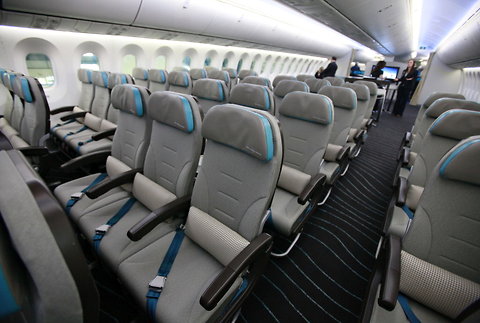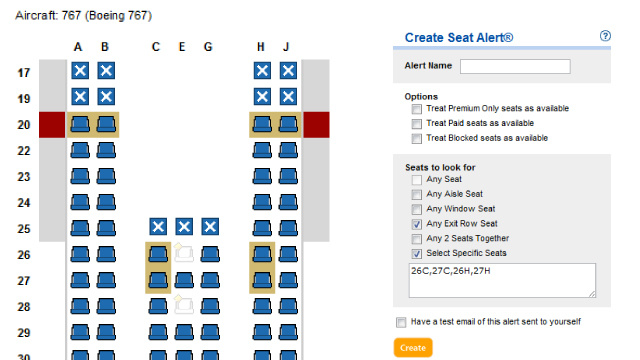What you see isn’t necessarily what’s there.
At least that holds true for most airline customers, who often don’t get an accurate view picture on seating in Economy Class until a day before they fly.
Elite flyers have access to the better seats, and you could be sure they gobble up the rest of them before the rest of us even know they’re available.
Airlines routinely block Coach seats, holding back 30 to 40 percent. They reduce the pool of seats that are free to reserve, while the rest of the seats are held for premium customers or those willing to pay an additional fee, said Scott McCartney in The Wall Street Journal.
This means that run-of-the-mill passengers will: get a lousy seat, sit apart from their children or be at high risk of getting bumped off an overbooked flight.
And the risks are even higher now that airlines continue to add seats with more legroom (premium seats) reducing the number of no-fee seats. Only elite flyers are given these seats for a discount or free, and blocked seats don’t open until shortly before take-off.
Customers, in fear of getting bumped off their flight, often pay the extra reservation fee—only to arrive at the check-in desk and discover that a slurry of empty seats actually exist. When they arrive to their “premium seat,” they can’t help but feel ripped off.
You would think the addition of seats with more legroom would benefit the passengers, but in the end, it only benefits the airlines and their bank accounts.
Mergers and Aggravations
Another thing that only benefits the airlines: mergers.
Less competition always means higher prices in the long run. It’s be three whole years since Southwest and Airtran airlines combined forces, and circumstances haven’t improved much for the airlines’ frustrated frequent flyers. In fact, they might have gotten worse.
“Airline mergers are never good for the traveling public,” said journalist Blake Fleetwood in the Huffington Post. “And it’s going to cost passengers more in the long run.”
Combined, the two airlines carry more passengers than any other, and both airlines regularly have good service, McCartney said in The Wall Street Journal. What Southwest and Airtran are trying to sell is seamless travel, but there’s nothing seamless about:
-Lost Bags
-AirTran charging for bags while Southwest doesn’t
-Web sites with mismatching prices for the same flights
-Lack of mobile app for AirTran
Furthermore, even though Southwest and Airtran are operating as separate airlines until the end of 2014, this year they started combining flight schedules, resulting in more delays disruptions and disappointment for travelers.
Southwest agents are struggling with AirTran tickets, and vice versa, leaving delayed passengers who need rebooking in the dust. When things go awry and customers are “compensated” with free vouchers, it’s not clear which airline or destinations the voucher is valid for.
“We know there have been some challenges in the background and we know they have bled out into some issues for our customers,” Southwest spokesman Brad Hawkins told The Wall Street Journal.
Southwests’ “go-slow- approach should be a cautionary tale for American Airlines and US Airways. The two airlines announced their upcoming merger in Feb. It’s still awaiting regulatory approval, but some advice to the loyal customers of what is now dubbed the largest airline in the world:
Beware.

 Save up to 60% on Business Class. Call 1-800-435-8776
Save up to 60% on Business Class. Call 1-800-435-8776


Leave A Comment